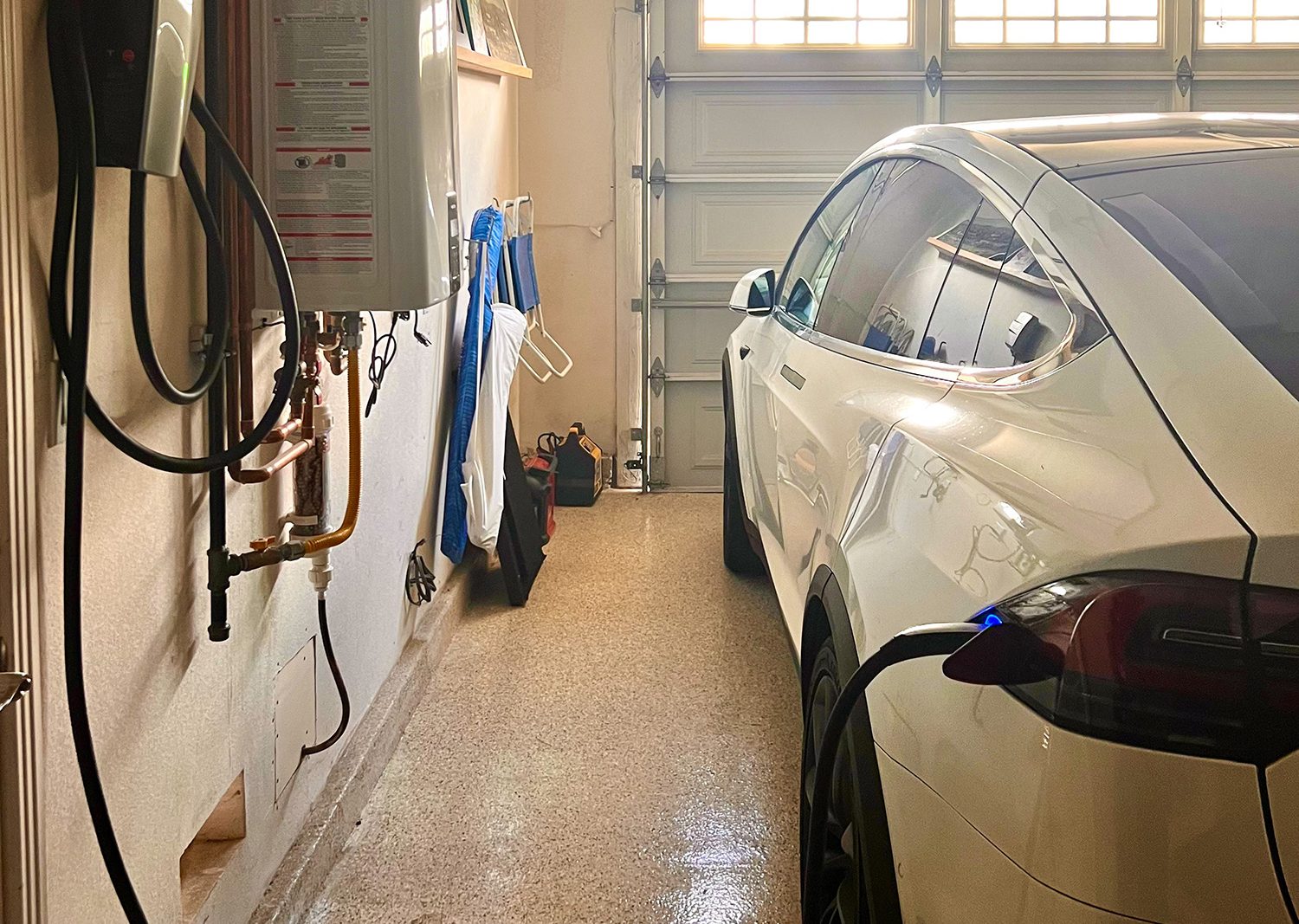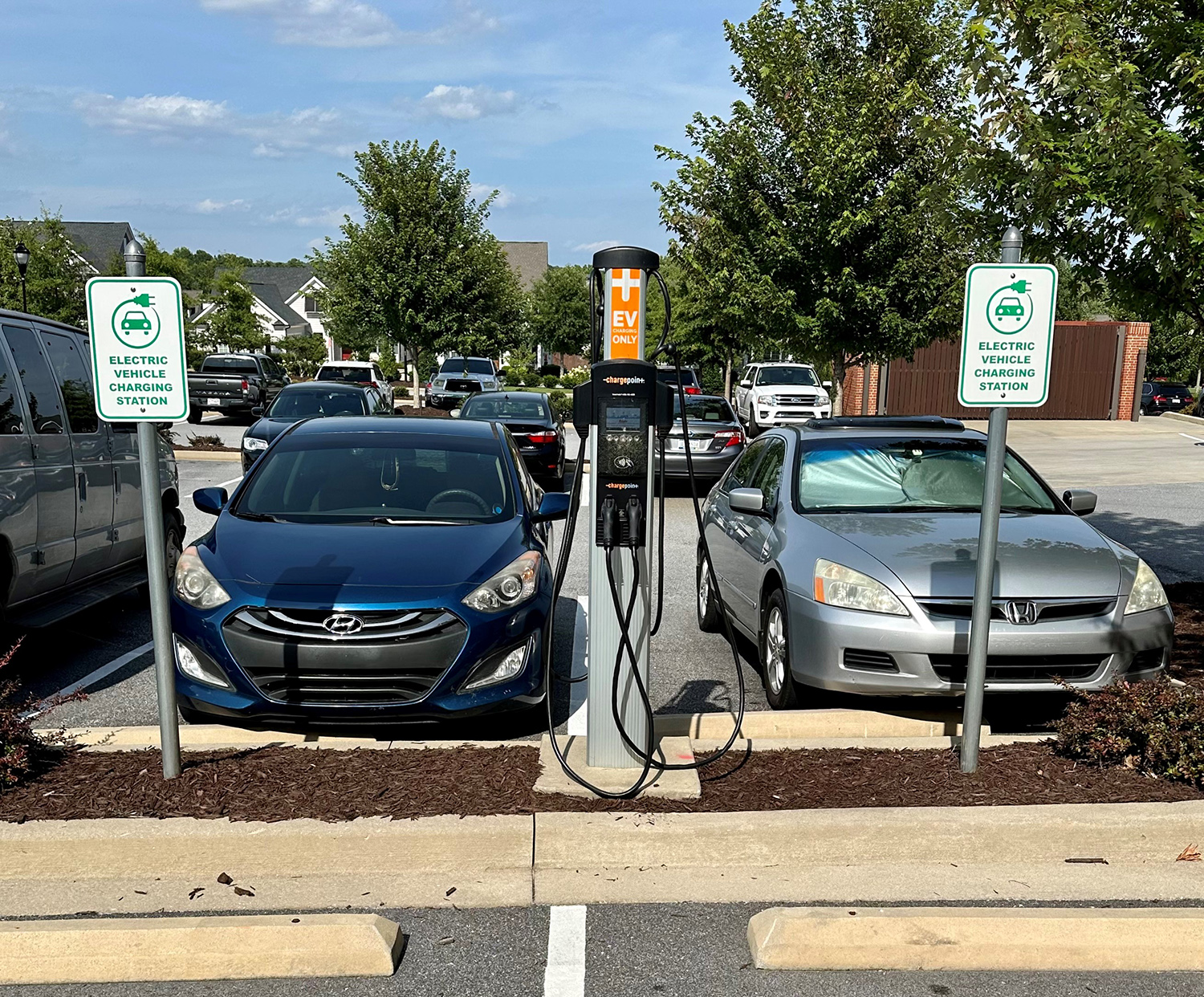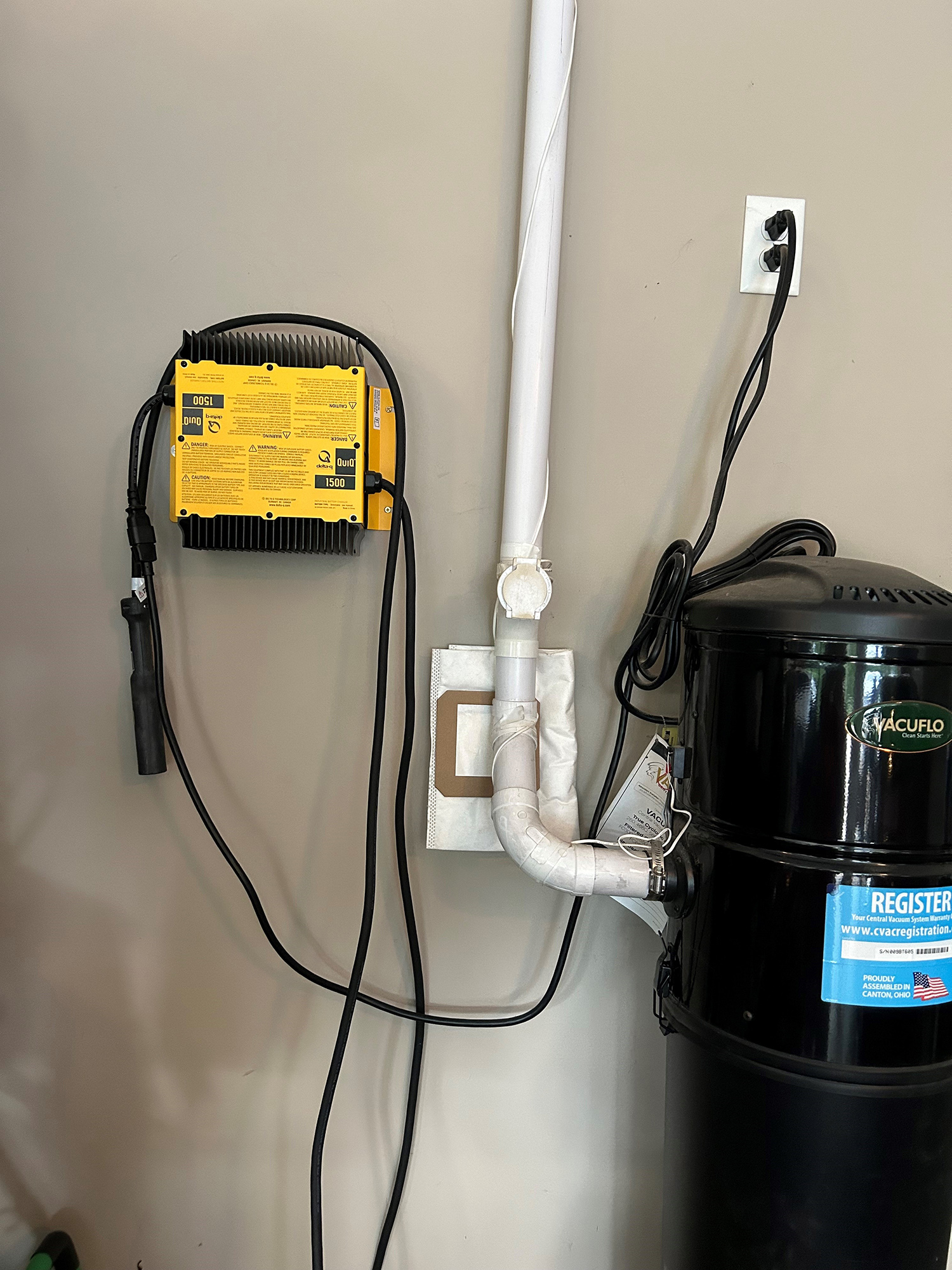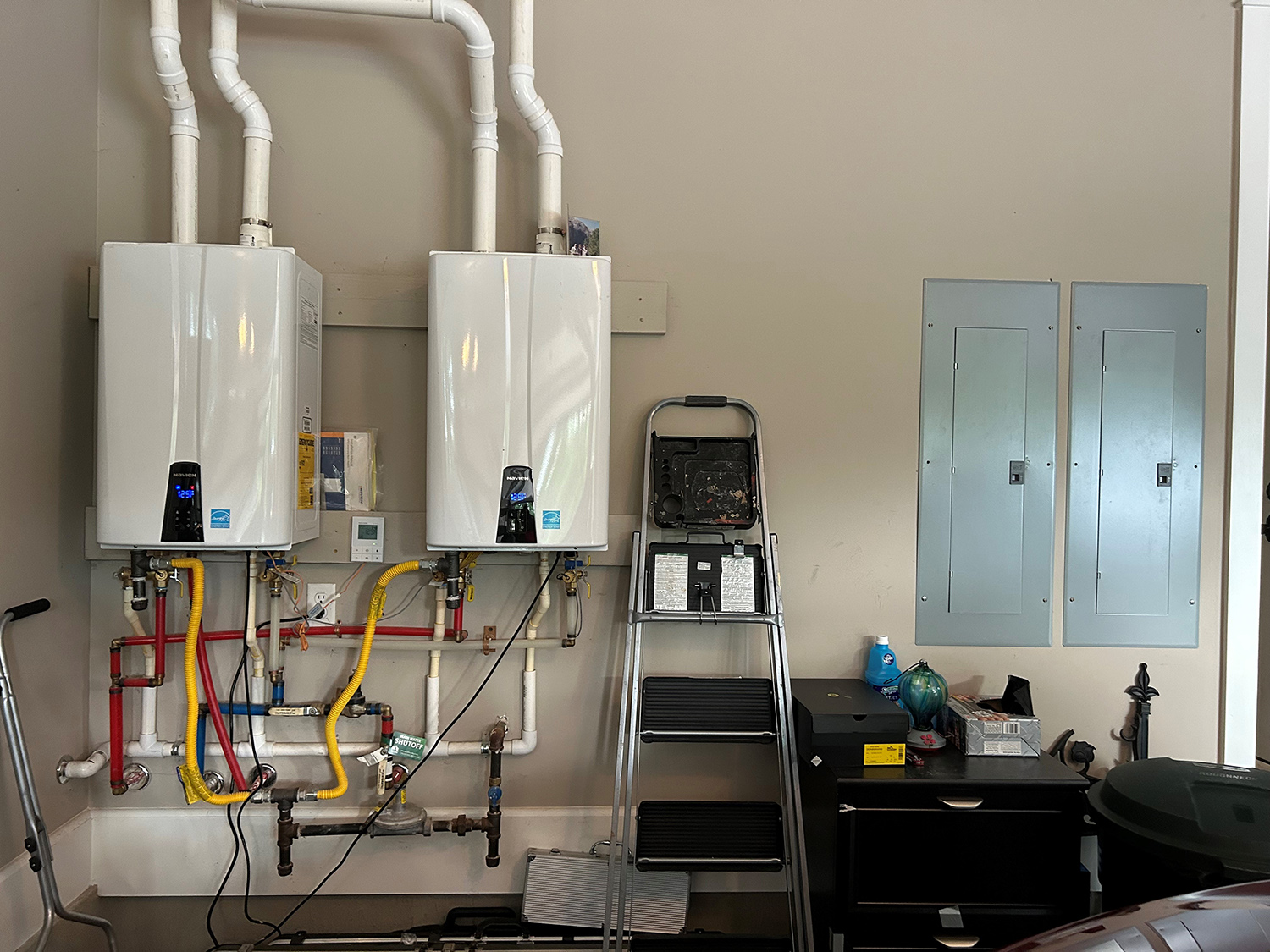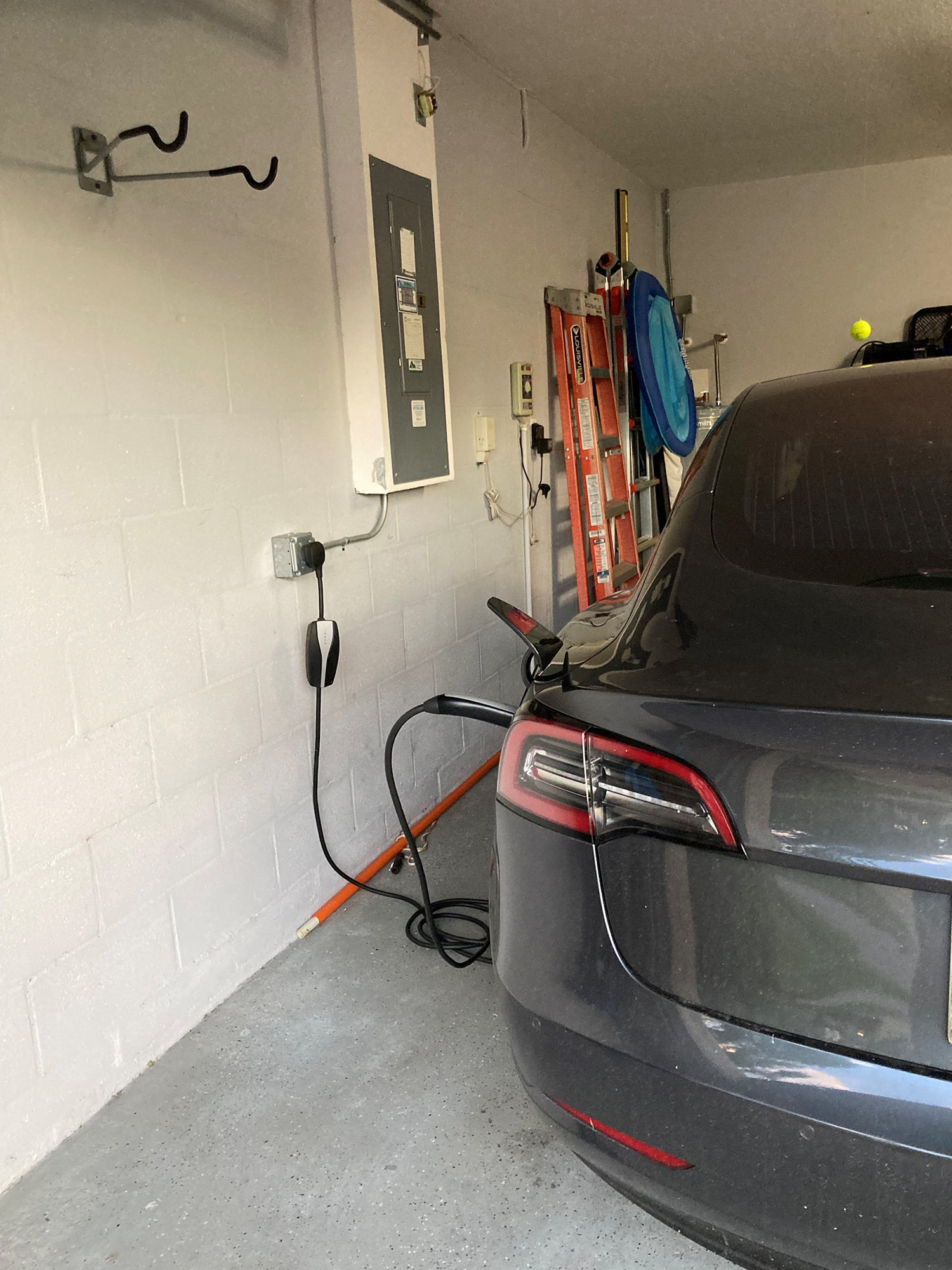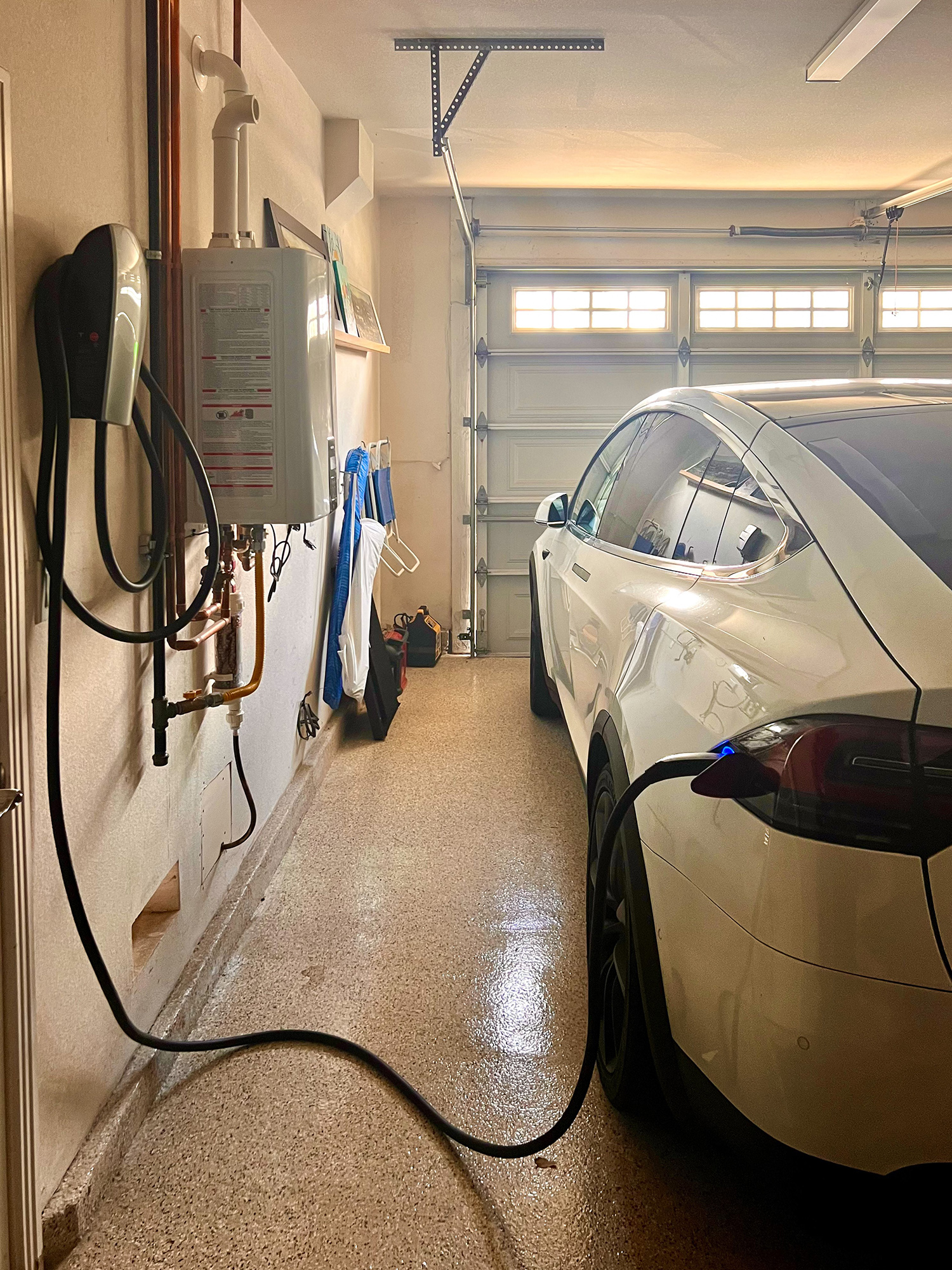Are you ready for electric car charging? More importantly, are your houses and communities ready for it? While electric car sales are on the rise, they still only account for less than 1% of cars on the road. That number may sound low now, but as that number increases, so too does the need for our homes to adapt.
Fueling an EV
With EVs, there is a paradigm shift on how your vehicle gets its fuel. Gas stations are abundant in the county, so drivers don’t have to do a lot of advanced planning to fuel up. Even though EV charging stations are on the rise, they aren’t nearly as plentiful, so extra planning is needed for long road trips.
Charge at Home
Ah, but here’s the game changer in electric cars. They can obtain energy at home, in your garage while you sleep. Imagine never having to go to the gas station – ever again. Sweet! I personally hate going to get gas and often wait until the last minute to do so. My lack of planning sometimes results in me urgently having to fuel up despite the weather and traffic conditions. If you use your EV (electric vehicle) for commuting and return home each night, you can forget about fueling up other than in the comfort of your own home.
Many hotels have adopted this charge as you sleep concept and have included them in the parking lots. Two hotel brands that have embraced EV charging are Marriott and Hyatt Place. Good news – these EV parking spaces are often close to the front door.
Plugging in
What you plug into matters. You could use an adapter and plug your EV into a standard 110 outlet. This is considered level 1 and will yield four to five miles per hour of range or 36 to 40 miles after eight hours of overnight charging.
Perhaps in our new work-from-home situation, this is adequate, but most would feel some sense of range anxiety. The more realistic solution is a 240 outlet – like the plug for your electric dryer. This type of level 2 charging will yield 180 miles of range overnight. That’s more like it. Unfortunately, garages of the past did not have such an outlet in the garage (and no – don’t plug your car into your laundry room!).
Adding a 240 outlet
In new construction, adding the 240 plug is no big deal. If you only plan on including one 240 outlet, consider it on the back wall between the cars so either or both cars can easily access the plug. But wait! Have you looked at the back wall of your garages? Many are already crowded with the electrical panel, water heater, water softener, and door into the house – not to mention the giant trash and recycling bins.
Another option is to locate the outlet 5’ from the garage door opening. The retail cost, according to the builders I polled, varies from $450 on the low end to $1500 on the high side. In my limited polling group, those who do offer the 240 outlet in the garage, it is still an option. The take rate seems to run around 40% in houses above $500,000, around 20% for lower priced homes.
In existing construction, adding the 240 outlet is more involved. Installation requires an electrician. That’s because the outlet requires a dedicated circuit on the electrical panel. If the electrical panel is in the garage, that’s a plus for sure. Keeping the new outlet near the panel may save on installation cost but may not allow for the most convenient charging.
I’ve seen costs vary from $900 to $1200 depending upon the complexity of the installation. One EV owner had his installation cost rebated back to him by his utility company. Nice.
But what if you live in an older home with an electrical panel is maxed out? Adding a larger panel can tack on 4 or even 5 figures to the bottom line. Advantage: New construction. Our son lives in a home built in the early seventies and it is already maxed out.
Builders Offering 240 outlets
In my limited and unscientific poll, the jury is still out on building for EVs. You might think that all the national builders have embraced making their homes EV ready, but that is not the case. Keep in mind that some cities including Atlanta, Denver, and Seattle, are requiring new homes to be EV ready along with the state of California. Many local and regional builders are offering EV ready options as a competitive edge. Many buyers select this option, even if they don’t own an EV, just to have the option open for the future.
Charging at the Club
A few of my builders have indicated their community amenity includes EV charging stations, such as eTown in Jacksonville, FL. These charging stations are often considered Level 3 charging or high-speed since we don’t want people sleeping at the amenity center or causing a traffic jam. In a recent move, Telsa has made their unique charger available to other car manufacturers, simplifying the charging universe.
What Drives the EV Purchase?
There are many reasons to buy an electric vehicle, but our marketing guy broke it down into three overlapping segments:
- Innovation: Just over 10 years ago, Tesla changed the entire automobile industry with the Model S. Since then, almost every automaker has jumped in with both feet. Whether it’s the abandonment of gas stations, the forward-designs, the silence of not having a motor, the supercar-beating (and nausea-inducing) acceleration, or the convenience of one-pedal driving, a significant and growing portion of the market has clearly taken to EVs.
- Cost and Incentives: Initially, EVs were primarily a luxury good. However, partially due to inflation of all new cars and state/federal tax incentives, more and more EVs are at or below the average price of a new car (today is just over $48,000 – we can talk about the absurdity of that figure at another time). Some companies require EV or hybrids for corporate leases, driving up the take rate.
- Going Green: Some have purchased an EV in an effort to reduce their carbon footprint. It might be worthwhile to check how your city produces energy. Our summer home enjoys lower electricity costs because of a nearby hydroelectric power plant, which provides a very clean way to generate electricity. However, coal is the number 2 generator of electricity on the US (after natural gas). This means that an EV may not be as “clean” as advertised.
Long-Term
Many have questioned whether our electrical infrastructure can support an all-electric fleet of cars. Currently – the answer is no. Some automakers are experimenting with hydrogen as a super clean alternative, but we’re still in the very early stages of development and adoption. But as long as it is a choice, consumers will decide what type of car works best for them – gas powered, electric powered, or a hybrid.
Do you think about your new homes being EV-ready? Is it worth the investment? Or is the take-rate low in your market? I’d love to hear what you’re seeing on the ground!
Categorized in: Uncategorized
This post was written by Housing Design Matters


